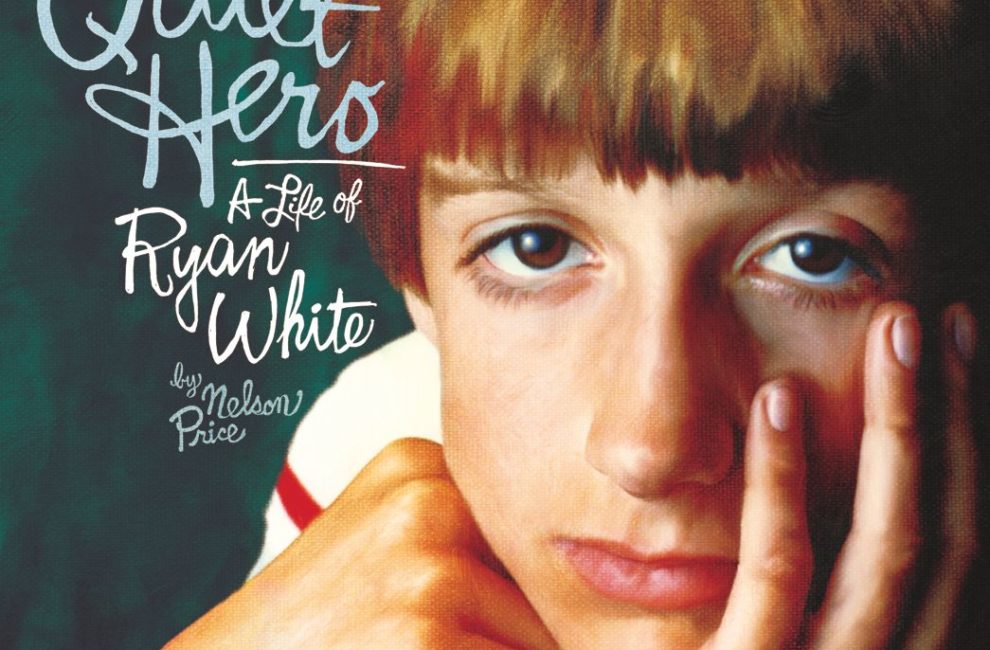
New Ryan White Book Highlights Indiana’s Mixed Legacy of Acceptance
In some ways, the recent furor over Indiana’s Religious Freedom Restoration Act echoed a heated discrimination debate from three decades ago, when the state was previously a battleground in the national culture wars: HIV/AIDS activist Ryan White’s struggle to attend public school.
As cases of HIV/AIDS started popping up across the country in the 1980s, the rhetoric used in some of the medical and political language of the time attacked victims and described the disease as exclusive to homosexuals and intravenous drug users. The Reagan Administration was slow to act, regarding AIDS as a disease that infected morally corrupt individuals: Pat Buchanan, Reagan’s communications director, called it “nature’s revenge on gay men.”
As absurd as Buchanan’s claim sounds today, negative perception and stereotyping were the reality for many HIV/AIDS patients of the time. That is, however, until the national media focused on discrimination against White—a 13-year-old who contracted HIV through treatment for hemophilia—in his hometown of Kokomo, Indiana. Suddenly, the epidemic couldn’t be dismissed as a curse; it had a human face, an average kid living in America’s heartland.
The Quiet Hero: A Life of Ryan White—a book released this month by the Indiana Historical Society in the midst of the RFRA media firestorm, at an Indianapolis event attended by pioneering Olympic diver Greg Louganis—brings White’s struggle, passion, and perseverance to the reader in full-color photography and narrative. The author, Nelson Price, wrote for the The Indianapolis News and The Indianapolis Star during the height of White’s fame and became close to him and his mother, Jeanne White-Ginder, while covering the story. Following are some excerpts from the book:
“In 1985 the eyes of the world turned to the Hoosier State and the attempt by a 13-year-old Kokomo, Indiana, teenager to do what seemed to be an impossible task—join his fellow classmates at Western Middle School in Russiaville, the school to which his Kokomo neighborhood was assigned. The teenager, Ryan White, however, had been diagnosed with Acquired Immune Deficiency Syndrome from contaminated blood-based products used to treat his hemophilia.
“Although the White family received support from citizens and celebrities around the world, particularly rock singer Elton John, the situation grew so bad in Kokomo that they moved to Cicero, Indiana—a community that greeted them with open arms.
“In many ways, Ryan humanized AIDS patients to millions of Americans because he came across on national television as a typical Midwestern teenager … he wanted to go on dates, he wanted to have a car, he wanted to be as normal as possible.”
Excerpts used with permission of Indiana Historical Society.






